HOME
AUTHORSHIP & INTERACTION

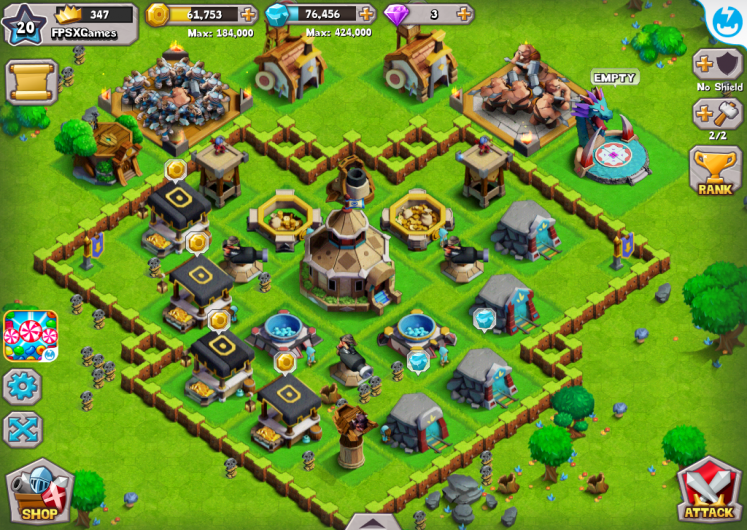
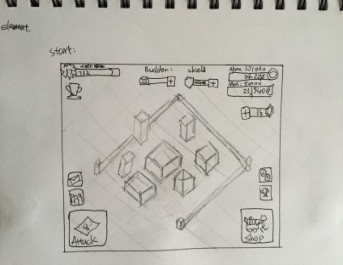
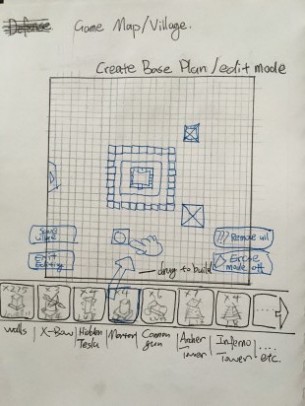

Storytelling is becoming increasingly important in the world of games as the medium continues to evolve.
it’s not the only blockbuster to focus on narrative. The Mass Effect trilogy’s focus on story and player choice was its key hook, and Skyrim was filled to the brim with rich history and a variety of side stories engrossing the player in its vast world. Numerous other titles such as The Stanley Parable and Gone Home are also pushing the boundaries of storytelling in games.
Not all games focus on narrative, of course. Take Minecraft for instance: the title is about doing whatever you can imagine, rather than leading players down a set path and explaining their surroundings. But for many games it’s becoming increasingly importantToday, stories in games are told in numerous ways. From the narrow storytelling structure of the Uncharted and Last of Us games, the branching narratives of big RPGs such as Skyrim and Mass Effect, user-generated stories in the likes of Eve Online to episodic stories used by Telltale, a plethora of methods to structure narrative in games have emerged.
But this brings up its own challenges. While TV and film can focus on the characters and the core plot, getting from A to B seamlessly and quickly, games are ultimately about the gameplay, and the journey is a key part of the experience. Where other mediums can skip scenes – when going from the bottom of a building to the top, for example, game players often must go through the entire journey.
“In a game, you’re going to have to allow for player agency – the player needs to exert some control over the narrative’s direction, if the game allows for it, and even when that’s not the case, as some games do indeed have a linear flow which more resembles a movie, you’re still going to have to account for gameplay,” says Gaider.
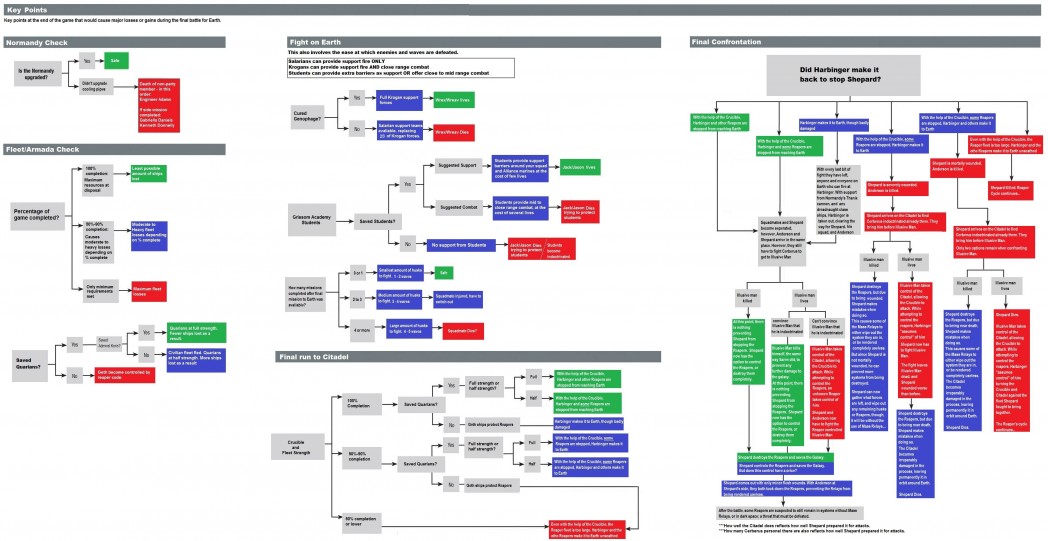

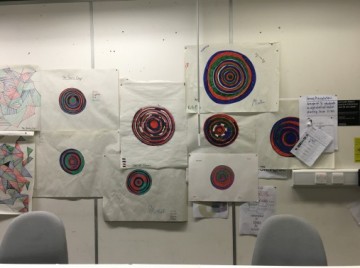
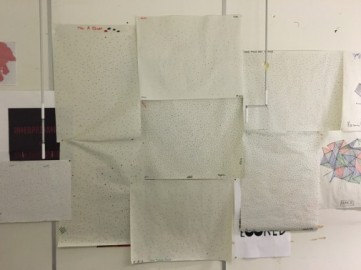
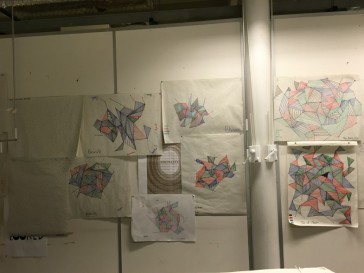
Conditional Design
Process
The process is the product.
The most important aspects of a process are time, relationship and change. The process produces formations rather than forms.
We search for unexpected but correlative, emergent patterns.
Even though a process has the appearance of objectivity, we realize the fact that it stems from subjective intentions.
Logic
Logic is our tool.
Logic is our method for accentuating the ungraspable. A clear and logical setting emphasizes that which does not seem to t within it.
We use logic to design the conditions through which the processcan take place.
Design conditions using intelligible rules.
Avoid arbitrary randomness.
Difference should have a reason.
Use rules as constraints.
Constraints sharpen the perspective on the process and stimulate play within the limitations.
Input
The input is our material.
Input engages logic and activates and in uences the process. Input should come from our external and complex environment: nature, society and its human interactions.
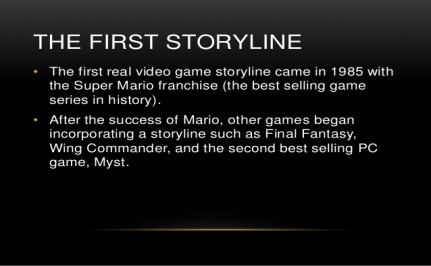
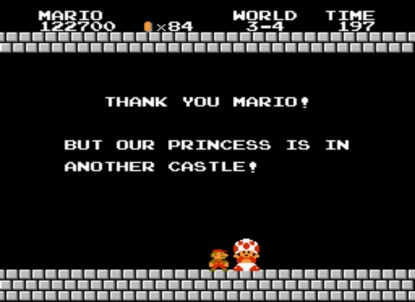
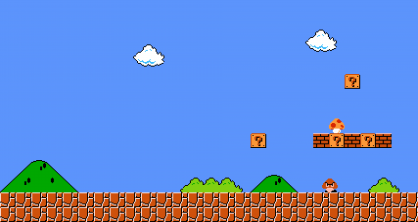
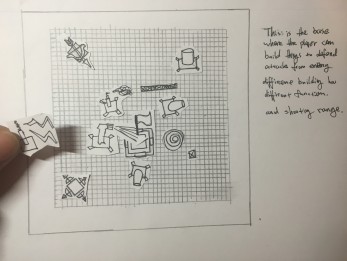
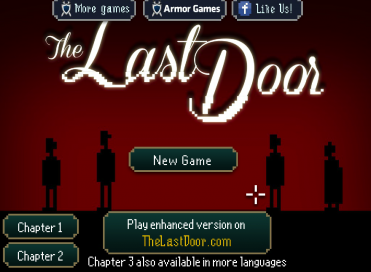


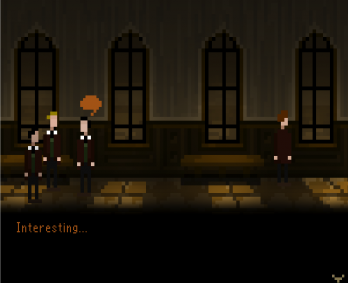
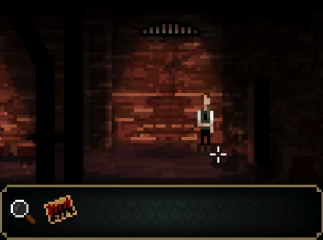
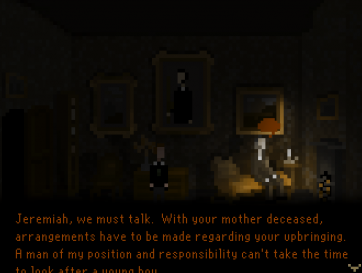
http://armorgames.com/category/narrative-games
The last door. Chapter 3. The four witnesses
Final Project
Sketches
Research
Interactive Narrative
Dung Beetle's Adventure
I've done some research on Clash of Clan as a starting point. It's similar to conditional design. players build their own base to defend enemies attack. Players has the ability to design their base.
games like Mass Effect are based on modulated plot structure.
It gives the players options on every step. Players have to make decision, and every decision will change the outcome at the end.
A very simple game. Allows players to explore the story by themselves
For the final design, I decided to make a book based on the a story call dung beetle's adventure. But it's not just a simple book. I set the rule for this book, to explore the interactive possibilities between audience and designer.
I edited this story in many plots, on each plot, players have to play the role (dung beetle), following the rule and make the right decisions to carry a poo (dinner) home safely. Each decision effects the outcome of the story. Dung beetle can make friend, carry a poo home as dinner, or even die, it's all based on the audience decision.
An interactive narrative represents a time-based of the player can affect, or change the plot in story. It features the perspectives of the designer, provides the players new perspective, and accommodates a relationship between reading (play) and writing (design)
The player has the ability to control and change the story, becomes the secondary writer while participating in the game. An author or designer has some control over the story. The story, however, because it’s interactive, needs to provide control to the reader as well.
there is a difference from traditional narrative: The time of events are determined by the designer and player.
Plot
Interactive narrative has three basic structures, it is also called the interactive plot structure. Plot is the function of time, and plan of action. It is the foundation of a story which the characters and settings are designed, it means to organize events in a logical way.
There are 3 basic structures of plot
The first structure is nodal plot structure, it has a single beginning and at least two endings. The event of ending is the same, but it doesn’t always happen at the same time in the story.
games like Super Mario Bro are based on nodal plot structure
Storytelling
Nodal Plot structure
Modulated plot structure
The second structure is modulated plot structure, it has more plot based, than in a nodal plot structure. It provides the player with options and to take a suitable route that increase the interactivity and participation.
This is the story line of Mass Effect, there are variety of options and different ending.
Open plot structure
The third one is open plot structure, it is similar to a roadmap. It has points of decision that carries the player to another point of decision.
games like The Sim are open plot structure
available from:
Development
This is my starting point. A mini prototype showing the basic concept.
Plot
Principles of Interactivity
the principle of Inside / Outside, says that a dialogue should be created between the internal and external worlds.
Inside-the-skull interactivity is a process of extending what the user already knows. It is the world of the reader’s imagination. In this book, it works with existing icon which I put it above the this page. (blue: greedy, red:aggressive, yellow:weak) And relies on the audience's interior understandings to build a visualized and emotional suspension of suspicion. “Inside-the-skull” is the world of meaning.
Outside-the-skull interactivity is based on what we are experiencing on an empirical, or experiential, level. the colours of each block, and the illustrations i will add later.
These timed and physical elements are the components of interactivity that many authors think are the only pieces worth paying attention to. This is a mistake because technology is not only an extension of ourselves; it is a reformation of the world around us.
Interactive narrative generally follows our steps of interactivity:
Interactive narrative is the most ambitious art form existing today because it combines traditional narrative with visual art and interactivity. Here is one of the differences from traditional narrative, I provide options for the audience, by choosing these options, the audience has the ability to change the story, therefore the audience becomes the second writer. And this is one of the characteristic of interactive narrative.
I first write a story based on modulated plot structure, it has more plot based, than in a nodal plot structure. It provides the player with options and to take a suitable route that increase the interactivity and participation.
1.Observe 2.Explore 3.Modify 4.Change
The story I write follows these steps of interactivity.
Observation: The reader makes an assessment.
In any system, a simple level of familiarity is necessary to act. And, before any action takes place, a kind of awareness of first-level options is necessary. First-level options of this book include the identification of things like informations i gave to the audience, arrows showing the direction.
Exploration: The reader does something.
After first-level options are discovered, a second level is then moved to in which capabilities are explored. The reader finds out what she can and can’t do and, effectively, stretches out his or her hand and finds that she can make a change. But it’s a process of unintentional discovery, not conscious change.
In this book, the audience can then flip the paper and see what is going on.
Modification: The reader changes the system.
If a reader has made an assessment and done something based on that context, the reader will change the interactive system. The reader bridges context to decision. This is the leap from unintentional discovery to conscious change. At this point, the reader knows at least some of his or her abilities and uses them with intent to modify the system. The modification was created for the user by the author, and because it was allowed (and sufficiently motivated), the level of interactivity in the system is increased.
At this step, the audience starts making options and change the story.
Reciprocal Change: The system tries to change the reader.
And if it’s interactive and the reader is engaged, the system changes the reader’s actions. The fact that there is reciprocal change is one of the defining steps of high-latency interactivity or interaction. Without reciprocal change, the system might as well be a brick or a doorbell rather than a person who has the ability to be somewhat indeterminate and interactive.
At this step, the audience is guided to different plot, it is changing the audience action.

I start adding colours on the option blocks to show the personalities and emotions of the character. This relates to the principles of interactivity. Inside-the-skull and outside-the-skull.
I start designing the layout, and to find a way to present the story.
This is the first layout i design, with arrows to indicate the flow direction. But the audience can see the next step and where it ends.
one of the interactive narrative characteristic is that the audience can't predict what happen next, after they making a decision.
My solution is to design a new layout without arrows to connect each block, and stick these blocks together instead. The arrows are hidden under the cover.
The audiences can only see the direction when they remove the cover
The authors are telling a story, the story they tell is their perspective. Therefore, any video game that has a story to tell, it has the perspective. It is the way of what the player sees the game on screen. There are three basic points of view: first person, second person, and third person, some games even have more than one perspectives.
It sometimes give the character an emotional perspective of importance or power. Therefore, perspective affects how the player feels when playing the game.
By using imagery, even with simple graphics, it increases the communication possibilities, not only in terms of story structure, but also the content, in fact “in some cases, the image is able to tell a story in ways that words, simply, can’t.”
these are the illustrations i make for each plot. As mentioned, using imagery, it increases the communication possibilities, not only in terms of story structure, but also the content. I mix 3rd- and 2nd-person perspective. By using different angles, it gives characters an emotional perspective of importance or power. It effects how the audience feels.
Final
This is the drawing I edit on computer.
Interface design
Every game has an interface to play it on. Interface design is about how the player gets things done in the virtual world. It is the graphical or textual form of interaction between user and software.
The interface of games can also be related to this book. I try to design it as simple as possible but still with all the information provided for the audience. So the audience can focus on the content and not to be disturbed by the interface.
Adding these arrows to guid the audience to move on to the next step
This is the final design in digital form.
With simple symbols and rules guid the audience in this adventure.
Prototype
The next step is to print it out in A3 size, and add the covers.
This is the final prototype in printed form.
Although it is not the best quality, it's only for showing the concept.
The audience is the second writer that has the ability to explore and change the story by following the rule.